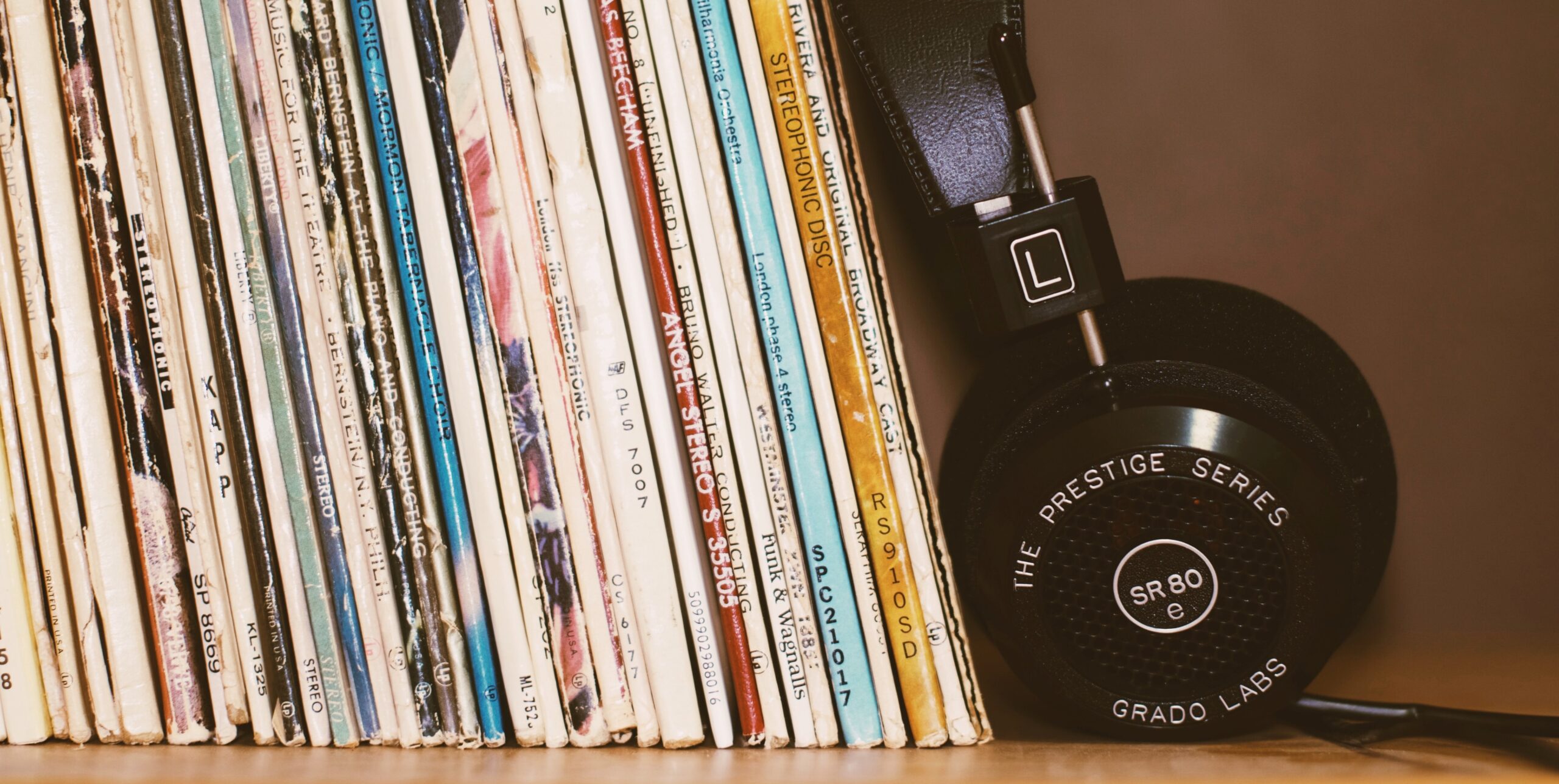Blog Posts
Block Background Noise – Make Your Brand Data Accurate & Actionable
December 10, 2021

Brand tracking is important. A continuous and holistic measurement of brand health and communications helps brands to face today’s challenges, such as a fragmented media landscape, differentiation and creating distinctive brand assets. But let’s face it, brand tracking isn’t always precise enough. Despite the vast increase in available data due to digitisation, the need for reliable and comprehensive insights has also increased significantly, as companies invest heavily in data driven analytics and insights-based decision making. With that in mind, we must recognise that data accuracy is an ongoing challenge.
One of the main challenges with brand tracking is to separate the actual signal from the noise caused by natural random error. Much tracking data is collected via cross-sectional tracking surveys where a sample of the population is asked a set of questions each week, aimed at understanding a brand’s current strength among its competitors. But samples aren’t representative of the entire population, and by sampling different groups of people each time – who might have a different background, and different experiences – the data can show differences that are not real. This means that all brand tracking data have a level of uncertainty – what we call the ‘noise’ in the data. This becomes a problem when the noise becomes louder than the music of truth. When fluctuations caused by sampling error outweigh true results, then it is almost impossible to identify the correct data.
On top of that, with the increase of campaigns on smaller channels – particularly digital – brand tracking becomes less relevant unless we’re able to measure all signals, including the weaker ones from a range of smaller marketing investments.
There are ways to tackle this issue, but not all of them are effective. Brands can increase their sample size. The more people you include in a sample, the better they are representing the total population. So, the uncertainty becomes smaller each time. The noise becomes quieter. This, however, is expensive. To turn this volume down and hear clearer messages you need to sample a huge number of people, and that’s often not financially feasible.
Another solution is to look at moving averages throughout a longer period of time (ranging from three to six months) But for the increasingly popular digital campaigns, which often only last a couple of weeks, looking at a three-month rolling average would mean losing track of the actual results. However, by using Nepa’s Brand Noise Reduction (BNR) you can get noise reduction without having to increase the sample size, even if you just look at a few weeks’ worth of data.
Like noise cancelling headphones BNR allows you to focus on the music. It finds patterns in the respondents’ data and identifies common variations due to the different samples, reducing random errors by up to 50% at no extra cost. This analysis boosts data accuracy and opens possibilities for more granular analysis.
Nepa’s Brand Noise Reduction analyses all the information within respondent-level data. It identifies the correlations between all respondents answer patterns, and their fluctuations throughout a period of time. As a result, BNR is able to distinguish shifts that are due to plain sample variations from those that reflect real market changes.
In a time when everything is moving so fast, insights are crucial for and brands can’t compromise on data accuracy. Find your melody, reduce the noise, and enjoy the concert.
By Robert Beatus, Head of R&D Nepa
Want to know more? Contact us today and our brand experts will help you!
Read also other Nepa Brand Series blog posts:
Forget me not, how to stand out and be remembered.



